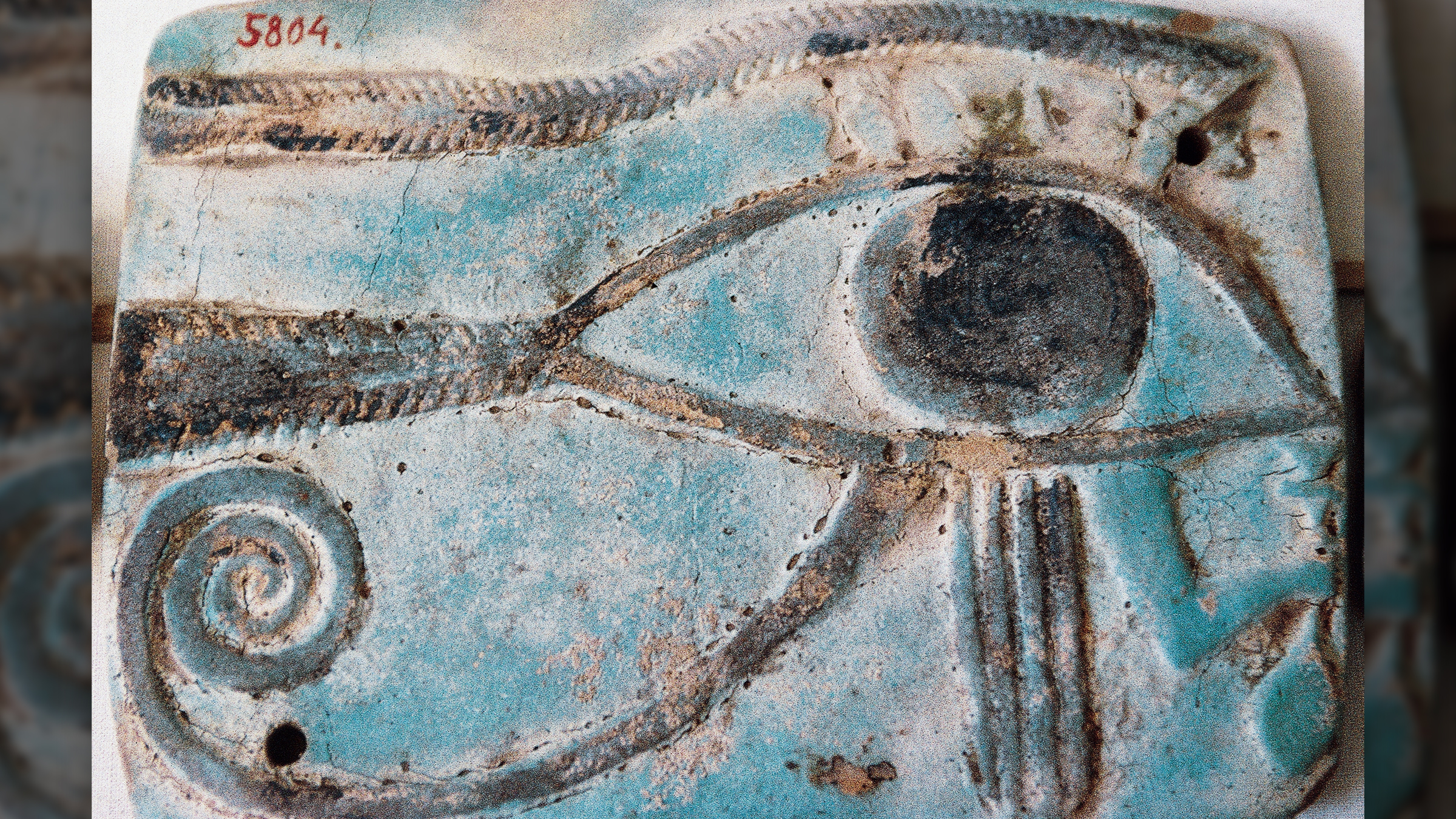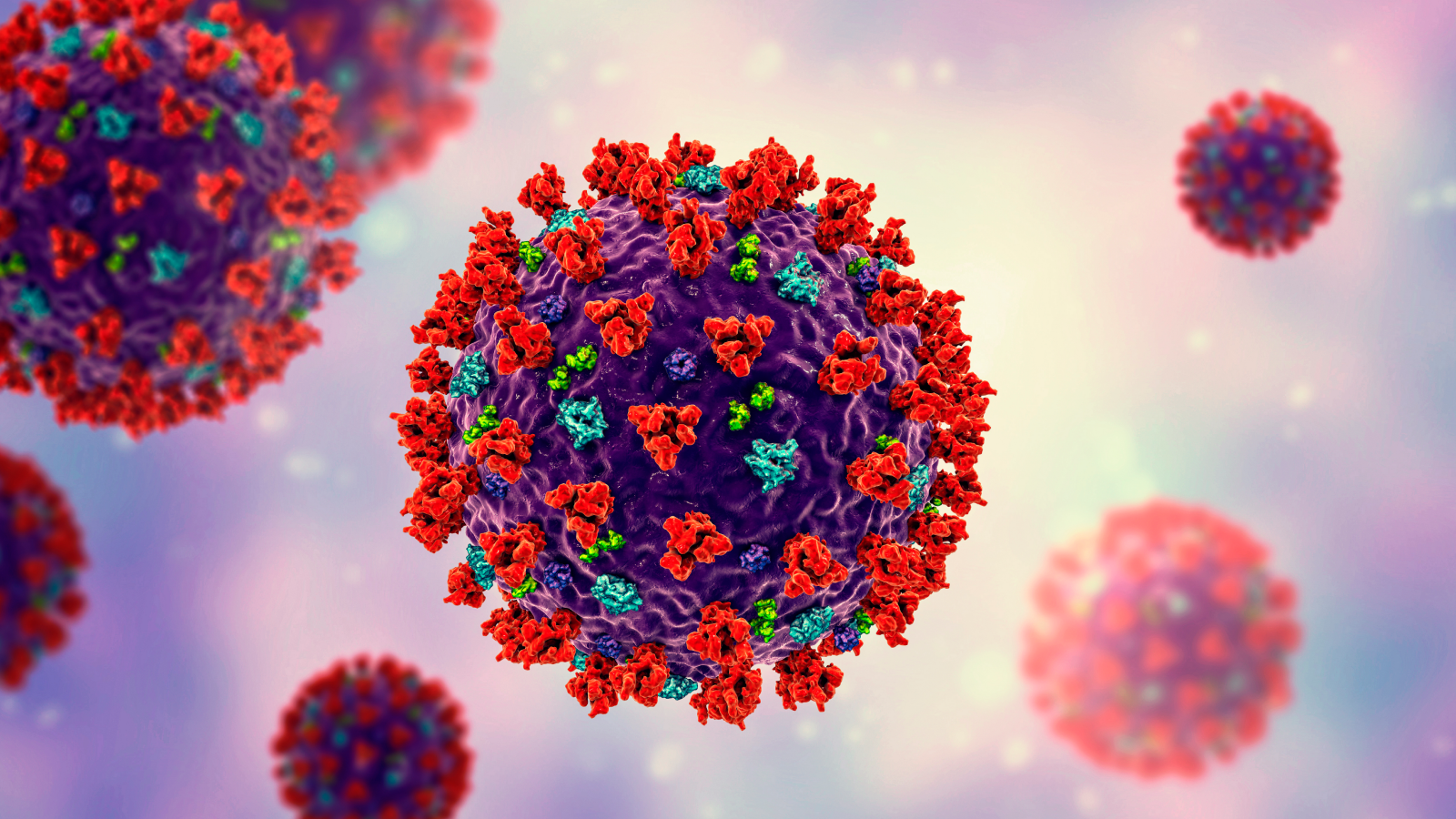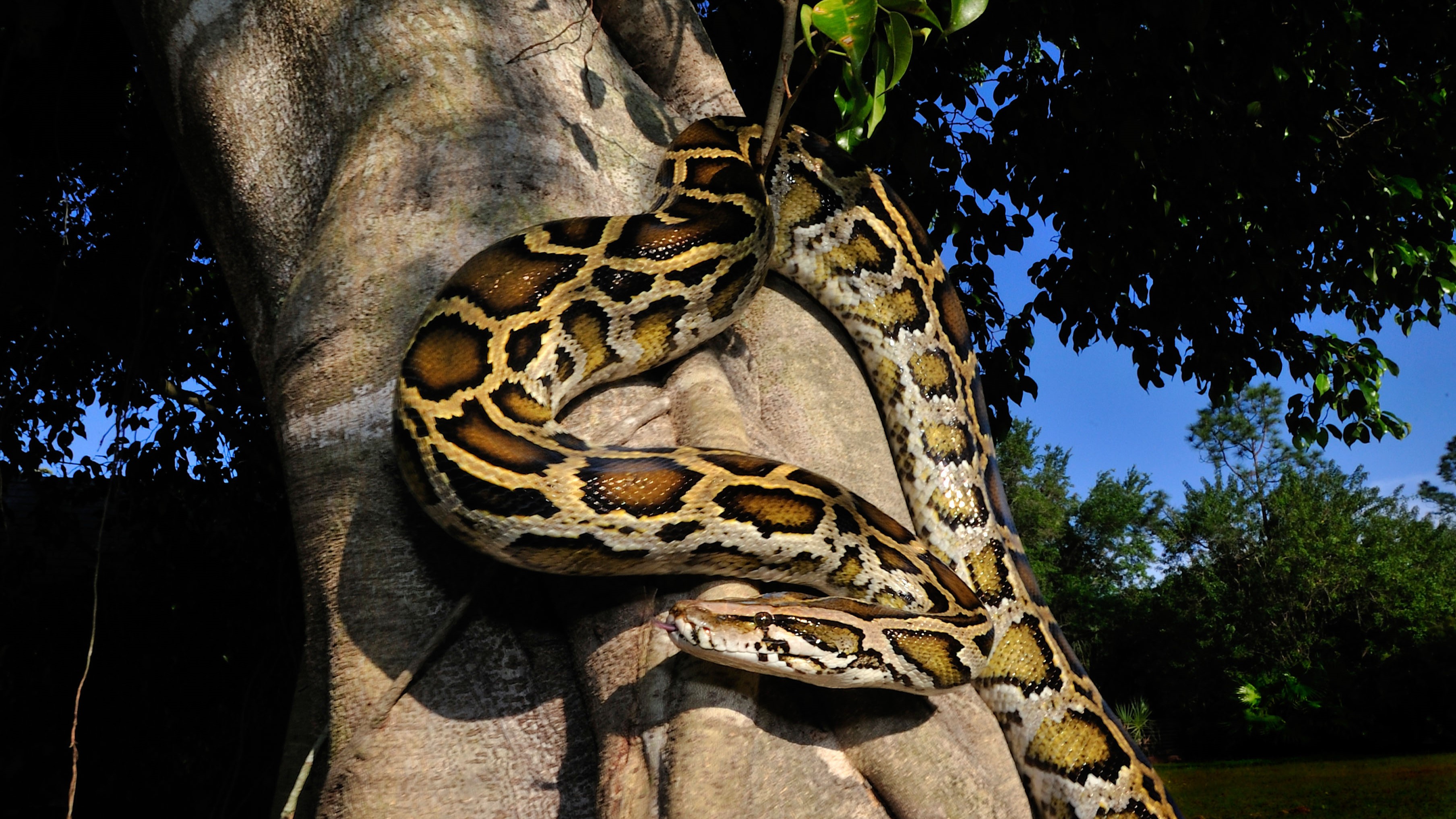Wandering Salamander: The tree‑climbing amphibian with a blood‑powered grip
Wandering salamanders control their veritable grip by pumping blood into and draining it from translucent toes, as they glide and land on towering redwoods.
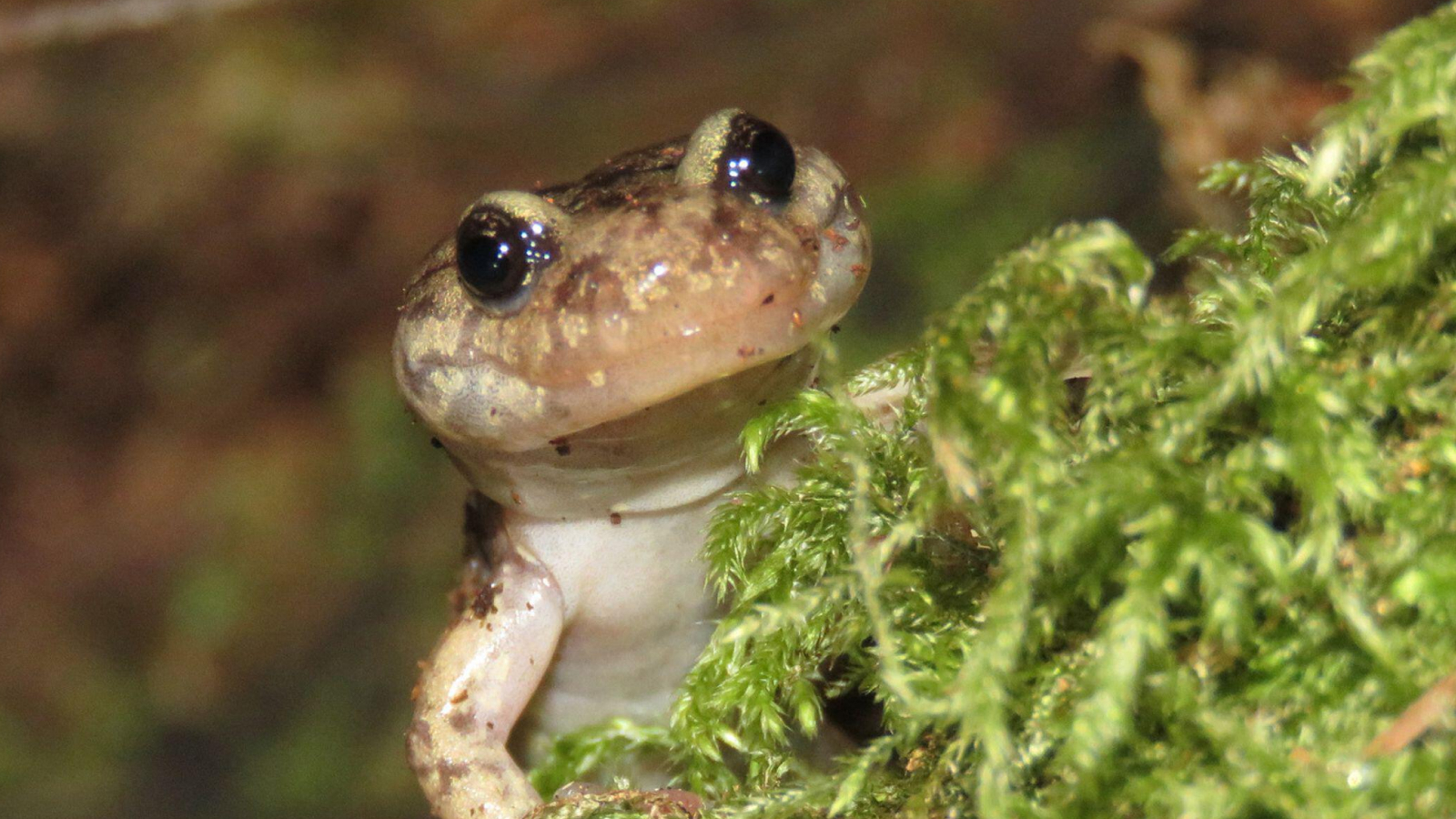
Name: Wandering salamander (Aneides vagrans)
Where it lives: Coastal redwood forests of North America
What it eats: Insects, spiders, small arthropods, and snails
Why it's awesome: The wandering salamander isn't an average amphibian. Instead of skulking under logs or swimming in swamps, it lives an arboreal lifestyle. Native to the redwood forests, these amphibians spend most of their lives in trees, residing in the deep bark fissures and devouring insects.
With their homes over 300 feet (90 meters) off the ground, wandering salamanders glide across trees for resources and foraging, so they need a veritable grip during landing — if not, they could plummet to the forest floor.
To stay safe, wandering salamanders possess a unique gliding mechanism: 18 blood-powered toes. These specialized appendages are key to the salamander's precise leaping and landing through the complex canopy.
According to a study published in the Journal of Morphology, the wandering salamander controls its grip on the tree bark by pumping and draining blood in the tips of their square-shaped toes.
Sign up for the Live Science daily newsletter now
Get the world’s most fascinating discoveries delivered straight to your inbox.
Scientists had previously theorized that the bright blood flow beneath their translucent skin helped keep their feet oxygenated. However, no empirical evidence backed this claim.
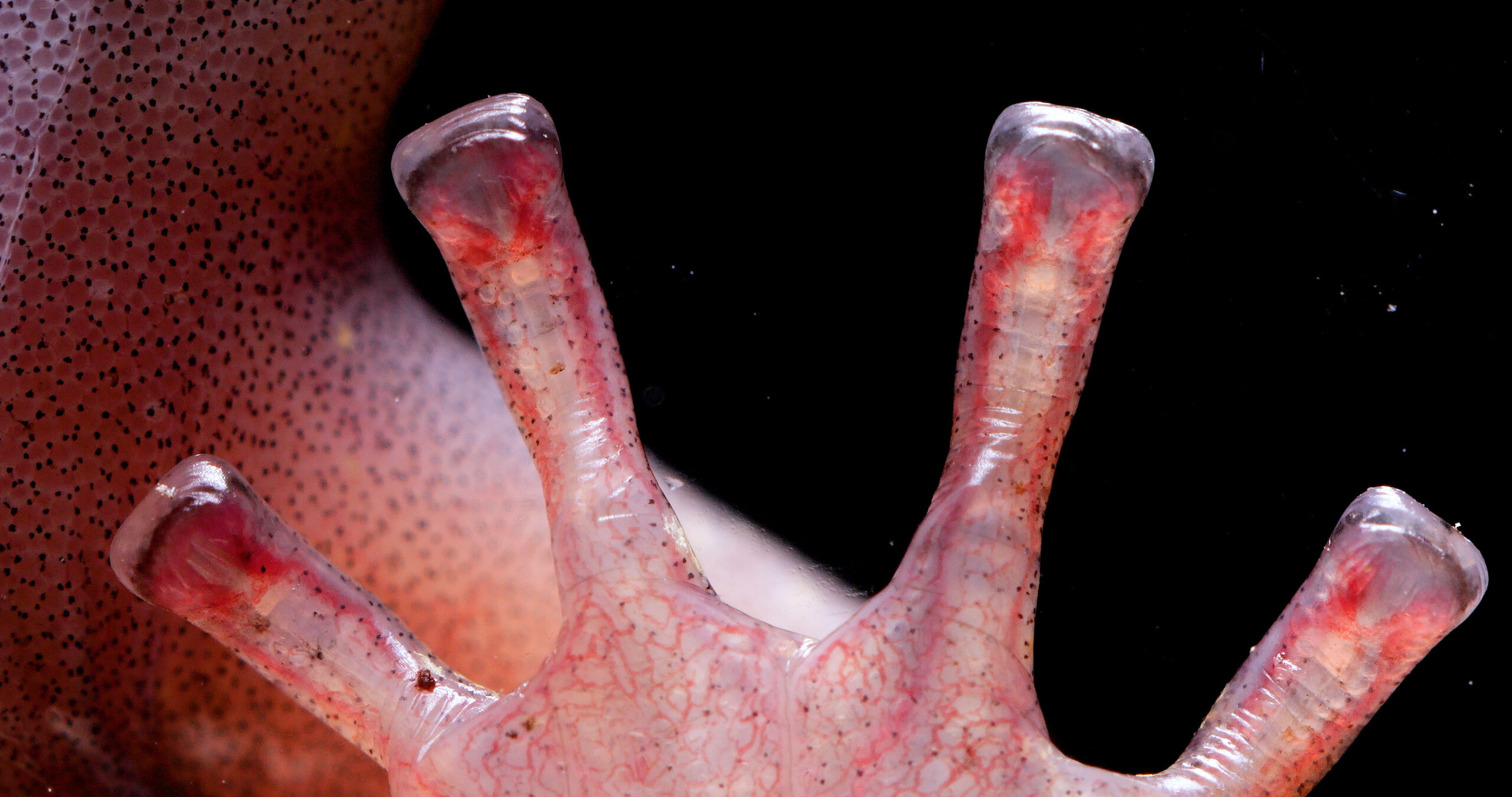
While using high-resolution video trials, biologists led by Christian Brown, a researcher at Washington State University, discovered that wandering salamanders can finely control the blood flow to each side of the toe tip asymmetrically, to increase or decrease the contact area with the surface.
When the salamander prepares to jump over branches, it quickly fills the toe tip with blood. The increased blood pressure helps salamanders to detach from the tree, as the blood influx increases the pressure and causes the toe pads to expand momentarily. This slight lift reduces the contact area, making it easier to detach from the surface.
Equally vital is the reverse process; wandering salamanders swiftly drain the blood from their toe tips when they land. This softens the toes and increases surface contact, allowing them to conform better to the irregular and rough texture, providing a more secure and effective grip that prevents the salamander from slipping.
They regulate the pressure dynamically depending on whether they're stepping, gripping, or releasing.
"If you're climbing a redwood and have 18 toes gripping bark, being able to detach efficiently without damaging your toe tips makes a huge difference," Brown said in a statement.

Hannah Osborne is the planet Earth and animals editor at Live Science. Prior to Live Science, she worked for several years at Newsweek as the science editor. Before this she was science editor at International Business Times U.K. Hannah holds a master's in journalism from Goldsmith's, University of London.
You must confirm your public display name before commenting
Please logout and then login again, you will then be prompted to enter your display name.




